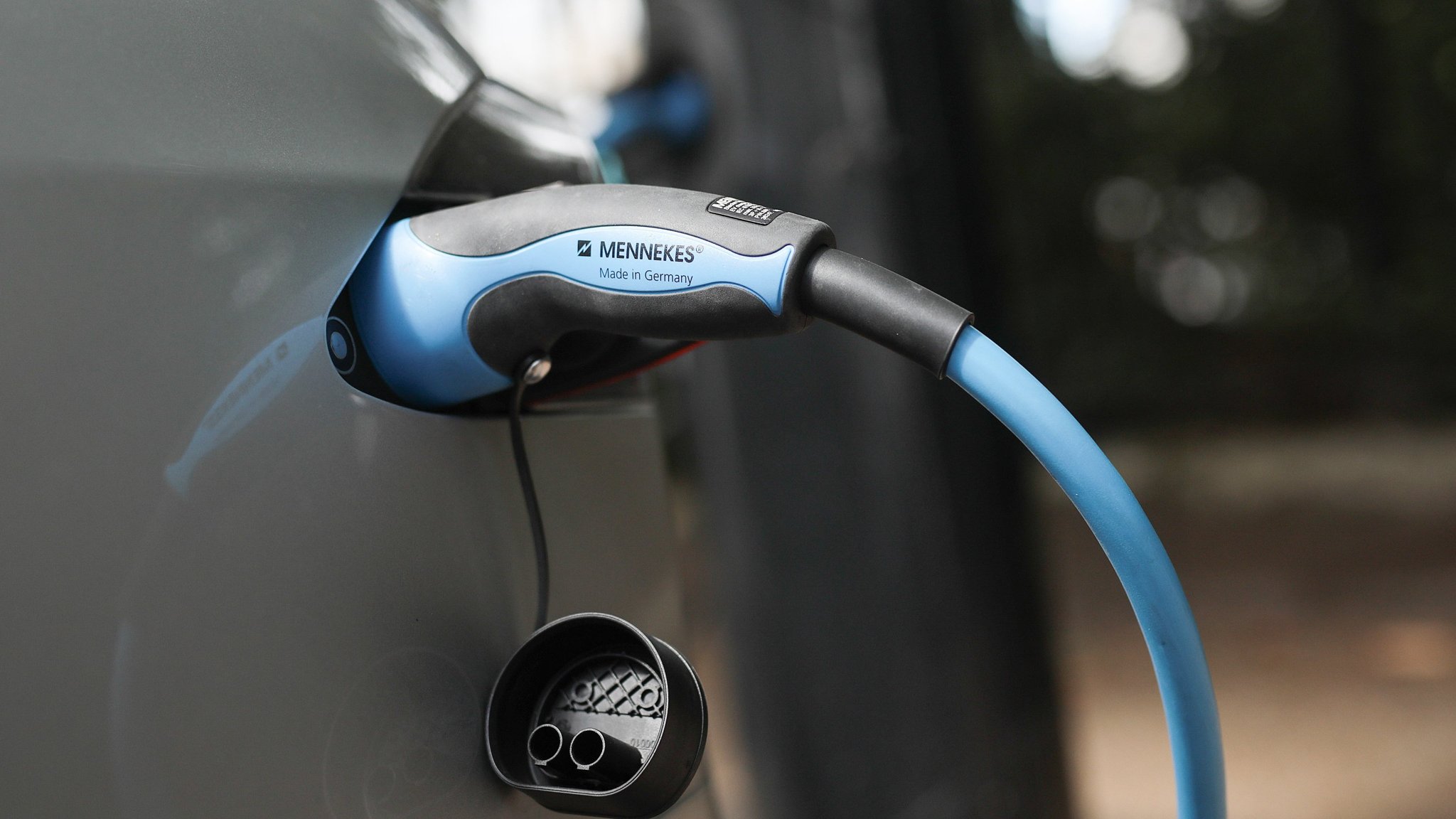From smartphones to mass-produced electric cars, the new gold of the technological age is lithium. In recent years, cobalt, another critical element required for making EV batteries, as well as lithium, have come under the spotlight because of issues like sourcing and the fact that they’re mostly concentrated in specific pockets around the world.
According to the IMF, there could be “potential cobalt and lithium scarcities that could slow the rollout of electric vehicles.” The International Monetary Fund did not give specific estimates on when this is likely to happen, but it’s not going to be too far into the future.
So, the problem here is two-fold. One is cobalt, which is primarily found in former Zaire, now the Republic of Congo. But a combination of political instability, stories of child labor and China being in control of most supply chains originating there has forced other battery makers, especially in South Korea and Japan, to explore other options.
One of these options is to reduce the amount of cobalt used in the battery cell, which Panasonic seems to be leading the field in. According to Tesla, their batteries already use less cobalt than the competitors’:
“The cobalt content of our Nickel-Cobalt-Aluminum cathode chemistry is already lower than next-generation cathodes that will be made by other cell producers with a Nickel-Manganese-Cobalt ratio of 8:1:1.” – Elon Musk during the Tesla Inc. Q1 2018 Earnings Conference Call with Analysts.
It bodes well for Tesla that its partner, Panasonic, has achieved the leadership position in producing low-cobalt batteries well before the competition could catch up. As the global EV leader and one of the fastest-growing electric car makers in the world, this is where they should be.
The other problem is with lithium procurement. China is the second largest producer of lithium and is now making deals around the world to try and monopolize on the supply from other larger producers like Chile and Argentina. Japanese and South Korean companies continue to struggle with the political environment and other problems in these countries, which is why Panasonic is creating new partnerships in the realm of new battery chemistries.
Other battery chemistries and materials that are imminent include eLNO (interesting that it would be an anagram of Elon!) and solid state batteries. But the timelines for these stretch well into the future. eLNO, for example, is a recent development by British chemical company Johnson Matthey, and their estimate for 2021/2022 is to be able to build a production facility with an output of 10,000 tonnes a year. That will be enough for about 100,000 long-range EVs – not nearly enough to plug any gap that might be caused by a lithium or cobalt shortage.
As for solid state EV batteries, even though some Japanese automakers are betting big on the technology, Nissan’s Takao Asami has his doubts. This is what he told Automotive News earlier this year:
“All solid-state batteries, roughly speaking, are still in the initial phase of research. So according to my feeling, it’s practically a zero at this stage.” – Takao Asami, VP for Research and Advanced Engineering, Nissan
But that hasn’t stopped his own company, along with Toyota and Honda, from working with Panasonic and GS Yuasa in partnership with the Japanese government to push research forward on solid-state battery tech. This long-term vision could help Panasonic cement its position as an EV battery maker long after lithium battery chemistry becomes outdated, which it will invariably become in the coming decades.
When you look at it from that elongated time frame, it’s pretty clear that something will emerge long before the IMF’s predictions can come true. Car companies and battery makers are not sitting still waiting for lithium from the South American lithium triangle to be depleted before developing newer technologies. They’re making large investments and creating new partnerships that cannot but yield something viable during that long time frame.
So, there’s really no problem at the moment other than cobalt, and eLNO has already proved that nickel is as suitable an element as cobalt, while the Tesla-Panasonic team has already reduced cobalt to a considerable level in their NCA batteries. Meanwhile, aggressive research efforts are behind solid-state battery tech.
What will likely happen is that one of these relatively new battery chemistries will start to become viable to mass produce in the next 5-10 years, and it will take another 5-10 years to reach the production capacity of Li-ion cells. So, within the next 10-20 years, we’ll most likely have something that can perform at the same level as or better than Lithium-ion, and the world’s EV makers (which is most of the world’s automakers today) will finally have a realistic option. It might even be a much shorter timeline given the investment and effort from major battery and EV makers around the world, not to mention China, South Korea, and Japan trying to get ahead of the competition and stay there.
The IMF’s blog post says that a crisis is imminent and that solid-state batteries are the “leading alternative.” I am completely in agreement with that. What I don’t agree with is their view that a shortage of lithium and cobalt will cause a slowdown in EV rollouts. There is very little chance that, as the IMF article says, there will be a “bumpy road ahead for electric vehicles.”



